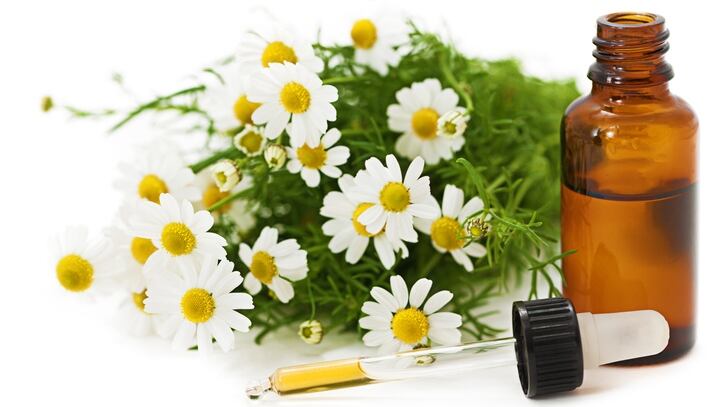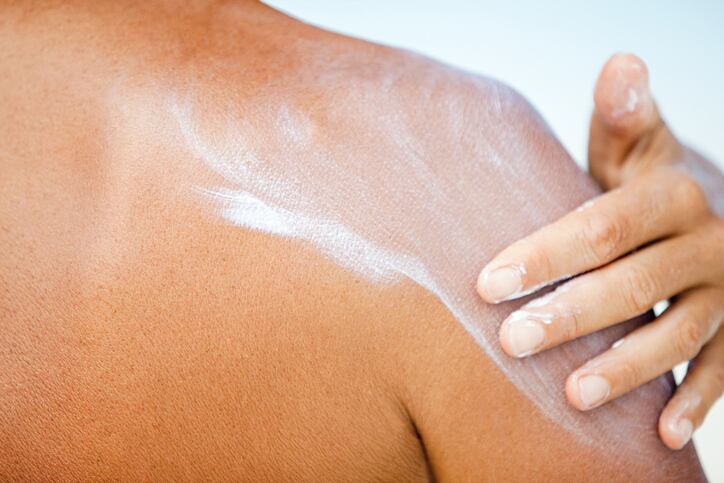A research team out of Malaysia, Vanessa et al., recently published a review in Cosmetics of moisturizing additives for atopic dermatitis treatment.
Among the ingredients were a number of botanicals and natural extracts which may show promise in treating the most common form of eczema.
“The modern use of moisturizers to improve barrier repair and function is of great value,” Vanessa et al. said. “One of the approaches includes incorporating bioactive ingredients with clinically proven therapeutic benefits into dermocosmetics emollient.”
Here are three of the botanicals Vanessa et al. said show promise as moisturizing agents for atopic dermatitis.
Licorice
Vanessa et al. said multiple species of licorice are used in food and herbal medicine around the world and licorice extracts are already being used dermatologically, including licochalcone A, glycyrrhetinic acid and glycyrrhizin.
Those extracts have been shown in clinical trials to have anti-inflammatory, anti-pruritic and anti-allergic properties similar to those found in topical corticosteroids. They may also exhibit antimicrobial activity.
The review also sites research finding a moisturizer containing licorice extract improved atopic dermatitis symptoms and inching, though they add that the moisturizer also contained other antioxidative or anti-inflammatory ingredients.
The ingestion and intravenous application of glycyrrhetinic acid has in one study showing a potential to cause a different type of dermatitis, though Vanessa et al. said there is no evidence the same is true for topical application at this time.
Chamomile
Chamomile also has a history of herbal use and has extracts on the market.
“Chamomile has a long-standing history in herbal medicine in the treatment of dry skin, inflammatory skin disorders, pruritic skin disorders, and various dermatoses owing to its anti-inflammatory, anti-histaminic, mild astringent, soothing, and healing potential,” Vanessa et al. said.
Extracts of chamomile have been shown in studies to have soothing and eczema reducing effects, as well as anti-inflammatory properties.
Vanessa et al. also said a small group of people may experience allergic dermatitis caused by chamomile extract. In one study referenced, allergic reactions were reported in 3% of subjects.
Comfrey
Also known as symphytum, comfrey has been used in indigenous European medicine to “soothe irritated and inflamed tissue, promote wound healing, and reduce osteoarticular inflammation.”
Vanessa et al. notes that, while comfrey is toxic when ingested, it has been proven safe for topical use.
Allantoin is an extract of comfrey and already used as a skin conditioner and soothing agent, among other purposes. Studies have shown the extract can significantly improve wound healing, stimulate healthy cell proliferation and may have anti-inflammatory properties.
Rosmarinic acid, another extract of comfrey, also has been found to have anti-inflammatory, antioxidant and antibacterial effects.
Author: Vincentsia V. Vanessa et al.
Source: Cosmetics
Cosmetics 2022, 9(4), 75; https://doi.org/10.3390/cosmetics9040075
Title: A Review of Moisturizing Additives for Atopic Dermatitis




